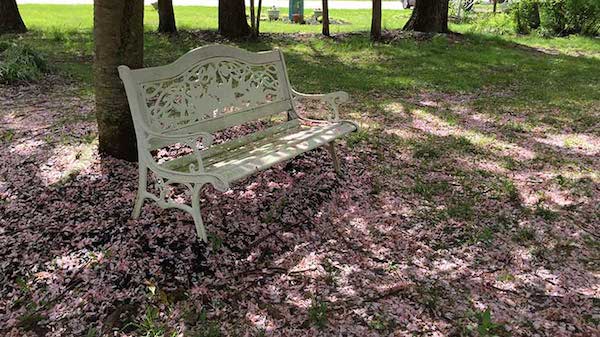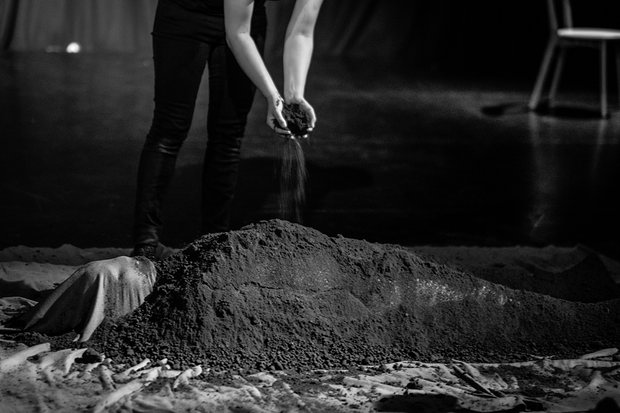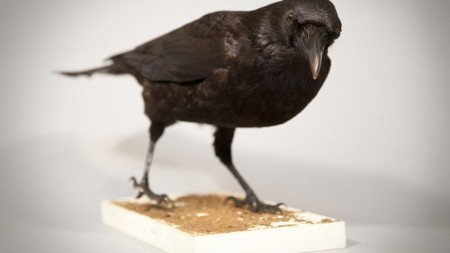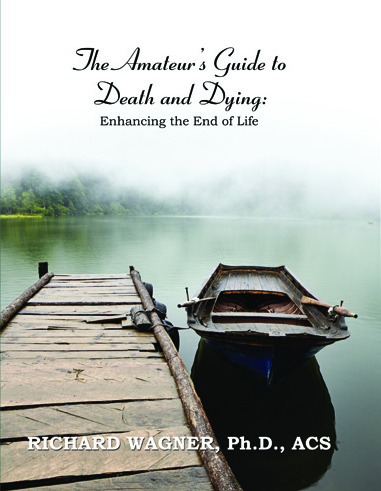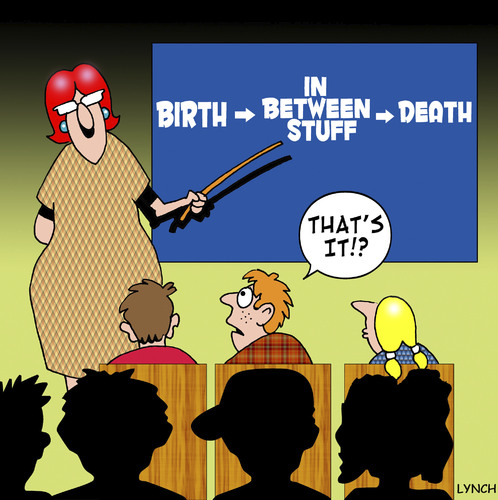[I]’ve been present with hundreds of people as they’ve died, hundreds more who were already dead by the time I was paged, and hundreds more who were in their dying process. I’ve accompanied spouses, parents, children, friends and family members as they’ve experienced the horror and sorrow of grief. For the past 20 years, I’ve been a chaplain, mostly in hospitals, a few with hospice. In doing this work, I’ve crossed death’s path more often than I can count as I’ve zigzagged my way through the hospital corridors and in the homes of folks experiencing the last days, weeks, months of life. Those of us on the interdisciplinary healthcare team struggle, as best we can, to provide our dying patients with a “good death,” however they and their families define such. There’s a saying in healthcare, “People die as they have lived.” Sometimes that is not the case, but, more often than not, that’s the way it goes.
Often, Quakerism is defined as a way of life. Some questions that I have carried for years in the ministry of chaplaincy include the following:
- What does our Quaker faith and spirituality offer us as we face decline, diminishment, and death?
- What can we say, as Quakers, with regard to dying and death as a personal and spiritual experience?
- Is there a Quaker way of dying? How do we, as Quakers, do this?
My formative experience with regard to the Quaker way of dying was by accompanying a Friend through her decline and death. Her final illness, dying process, and death were Quaker community and meeting experiences. Her experience wasn’t a private or family-only affair. When she couldn’t come to meeting, small groups of Friends were dispatched to her home, hospital, or nursing facility to have meeting for worship with her. Friends from meeting stayed with her overnight in the hospital when she had to be on the breathing machine and was so uncomfortable and scared. She had a committee of trusted Friends who arranged for her practical needs when she was still able to live independently, including staying with her 24/7 when just home from the hospital and at times of extreme debility. These Friends helped with discernment regarding transition from independent living to a skilled nursing facility. In what turned out to be her final hospitalization, these Friends helped her discern her choice to decline heroic life-sustaining treatment and allow herself a natural death. Friends reflected with her about her desire for integrity and living in alignment with the testimonies, her beliefs about an afterlife. She was afforded the opportunity, though her Quaker way of living, to proceed to a Quaker way of dying. One First Day, as we knew death was approaching, our meeting of about 80 Friends decided to meet in a hospital conference room for worship. About halfway into the worship hour, a Friend came downstairs to announce our Friend’s death. It was a gathered meeting. Our Friend died the way she had lived.
Last year, desiring conversation on these questions, I facilitated an interest group I called “The Quaker Art of Dying” at the Pacific Northwest Quaker Women’s Theology Conference. The conference brings women together from the divergent Friends traditions in the Pacific Northwest, primarily from Canadian, North Pacific, and Northwest Yearly Meetings, as well as other independent meetings and churches, to articulate our faith and to learn from each other. The group was well attended and diverse. I presented three queries to the group for discussion. We broke into small groups each taking one of the queries, then reconvened into the large group to get the bigger picture.
What is a Quaker approach to declining health, dying, and death?
[F]riends reported their understanding that all life is sacred and Spirit informs all life. A Quaker approach would be a mindful, conscious, and prepared approach, with an excitement—or at least a willingness—to enter the mystery of death. It was agreed that a Quaker approach would involve less denial that someone is dying or that death is imminent. There is a value for listening, hearing one another’s experiences, and entering new situations with curiosity, not offering answers. Especially for Liberal Friends, but for some Evangelical Friends as well, there was less focus on an afterlife. A Quaker approach would be a well-ordered approach, with orderly records, legal documents, and final letters and lists of wishes. Friends agreed that cremation was customary and in alignment with Quaker values. The writing of a memorial minute was another Quaker tradition to document the passing of a Quaker life. As one Friend stated, “The Quaker approach is portable; you can take the heart of the Quaker way wherever it needs to go.”
How do our beliefs, testimonies, and values inform our approach to the end of life?
[F]riends agreed in their understandings that we have a direct connection with the Divine. Some Friends voiced a lack of fear about death. Others voiced fears about the decline of physical and cognitive abilities and the actual process of dying, such as the possibility of pain, loss of competence, being a curmudgeon, or depleting family resources. One Friend likened the burdens of dying to birthing: “Both are hard work.” Friends agreed that upholding the dying person in community benefits the community as well as dying person. Friends voiced an intention to allow support and presence of others as we approach the end of life, as well as taking all the alone time we need.
How can we prepare for death? Our own and that of our loved ones? A list emerged.
[W]e need to:
- Pray.
- Think about what we want.
- Talk about what we want, even though it is difficult, especially with our children.
- Talk about what others want.
- Talk with our families about our wishes.
- Pray some more.
- Deal with unfinished business—either finishing it or leaving it unfinished, but dealing with it intentionally.
- Educate ourselves about health decline and the dying process by reading books like Atul Gawande’s Being Mortal.
- Talk with our spouses or significant others, about things we’ll need to know if they can’t tell us themselves for whatever reason.
- Prepare for the process:
- Who do we want involved? Who do we not want involved? Do we want a care committee or not?
- How do we want our remains disposed? Do we prefer cremation or burial? If we want to be cremated, do we want our remains to be scattered, interred, or buried?
- What do we want for a memorial or funeral?
- Do we want an obituary; a eulogy? What would we want said in our memorial minute?
- We need to help meetings and churches be prepared for the decline, debility and deaths of their members and attenders.
- Keep praying.
This conversation continues. In a recent meeting of our Quaker women’s discussion group, I facilitated a robust discussion about a Quaker approach to end-of-life issues and posed similar queries to the group. Evangelical Friends spoke of the “continuum of life” that transcends death, the need for “being right with God,” and the peace that “being with Jesus” will bring. Liberal Friends spoke of “entering the mystery” and “going into the Light.” There seemed to be agreement and assurance that “all will be well” at the end of physical life. Some women focused on the need to enter this time of life with their “affairs in order.” Other women spoke of their experiences accompanying a dying person in their meeting or church or in their own families. All seemed to enjoy the discussion of “things we don’t usually get to talk about” and voiced an intention to encourage further discussion in our churches and meetings. Later this month, I will attend my own meeting’s retreat where the topic will be “Spirituality As We Age.” No doubt, we will be continuing the discussion of how we Quakers intend to die as we have lived.

